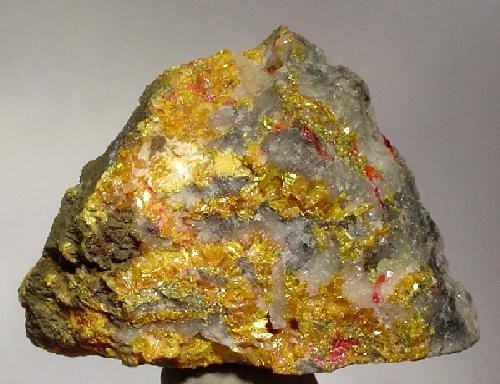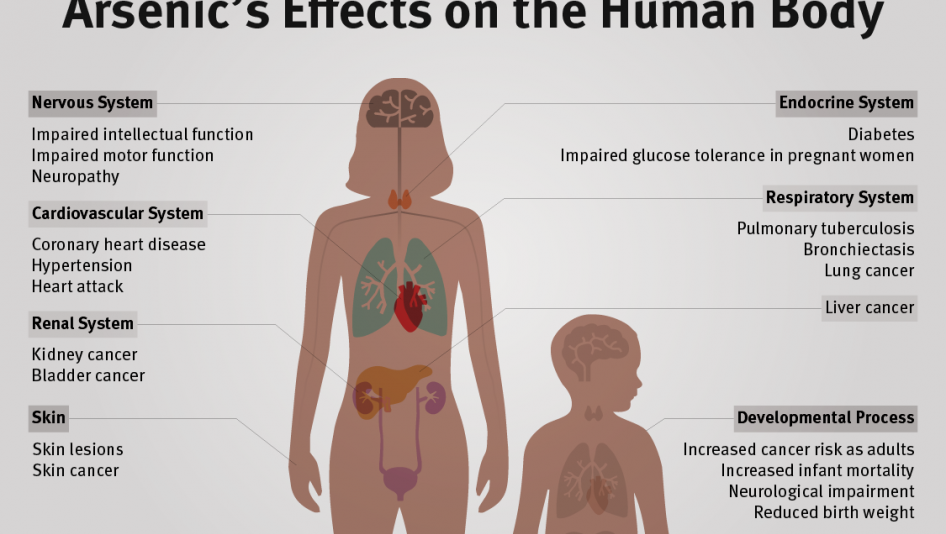Free Courses Sale ends Soon, Get It Now


Free Courses Sale ends Soon, Get It Now



Disclaimer: Copyright infringement not intended.
Context
ARSENIC CONTAMINATION: https://www.iasgyan.in/daily-current-affairs/arsenic-contamination
Arsenic
Impact of Arsenic Contamination

High Arsenic Contamination- A grave issue
What Is the Permissible Limit?
Groundwater contamination, India’s hidden crisis
Concern
Tackling the issue
Closing Remarks
|
PRACTICE QUESTION Q. Arsenic contamination at an elevated range in any region can impact society through disability, poverty and societal stress. The state and Union governments should work hand in hand to develop feasible technologies to tackle the issue of Arsenic contamination in India? Comment. |
© 2024 iasgyan. All right reserved